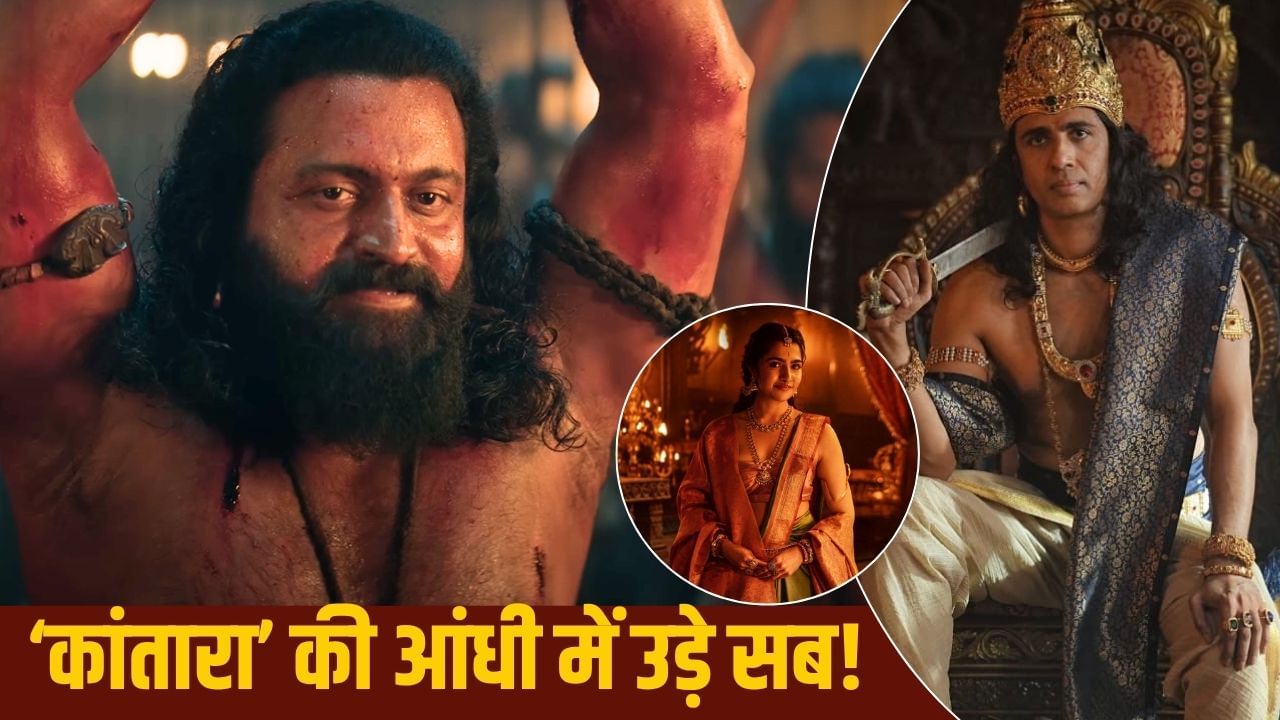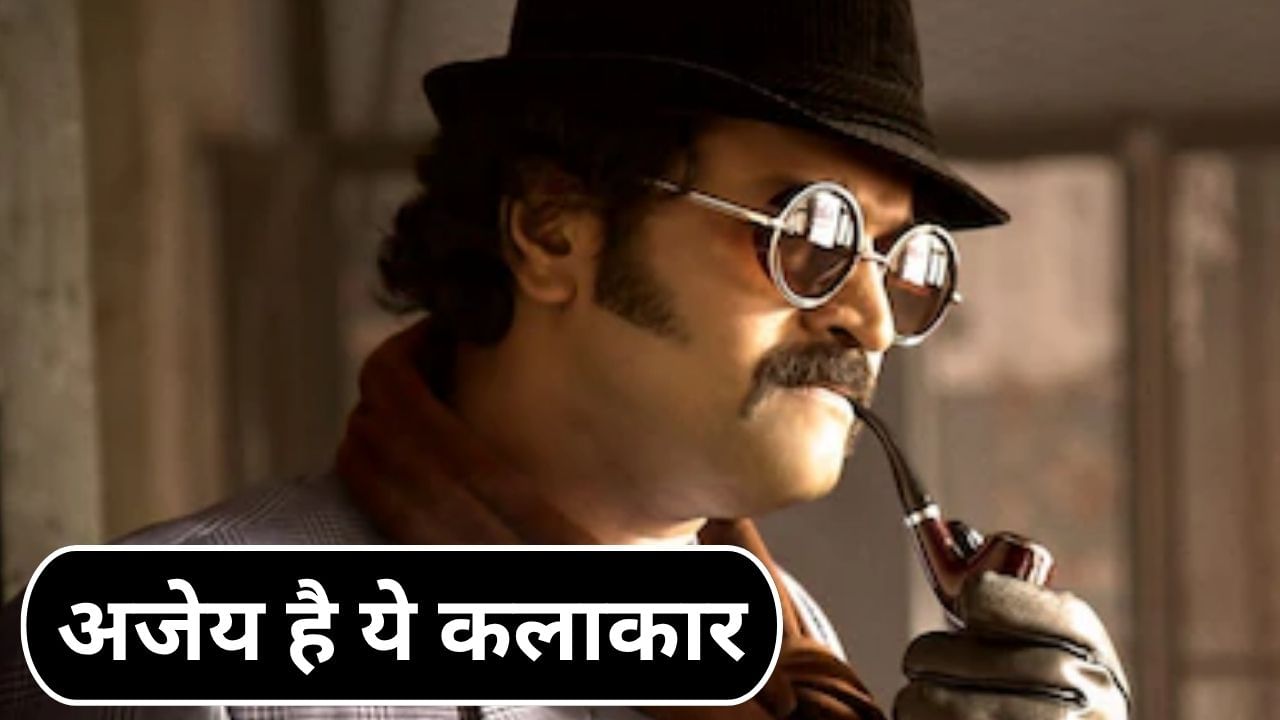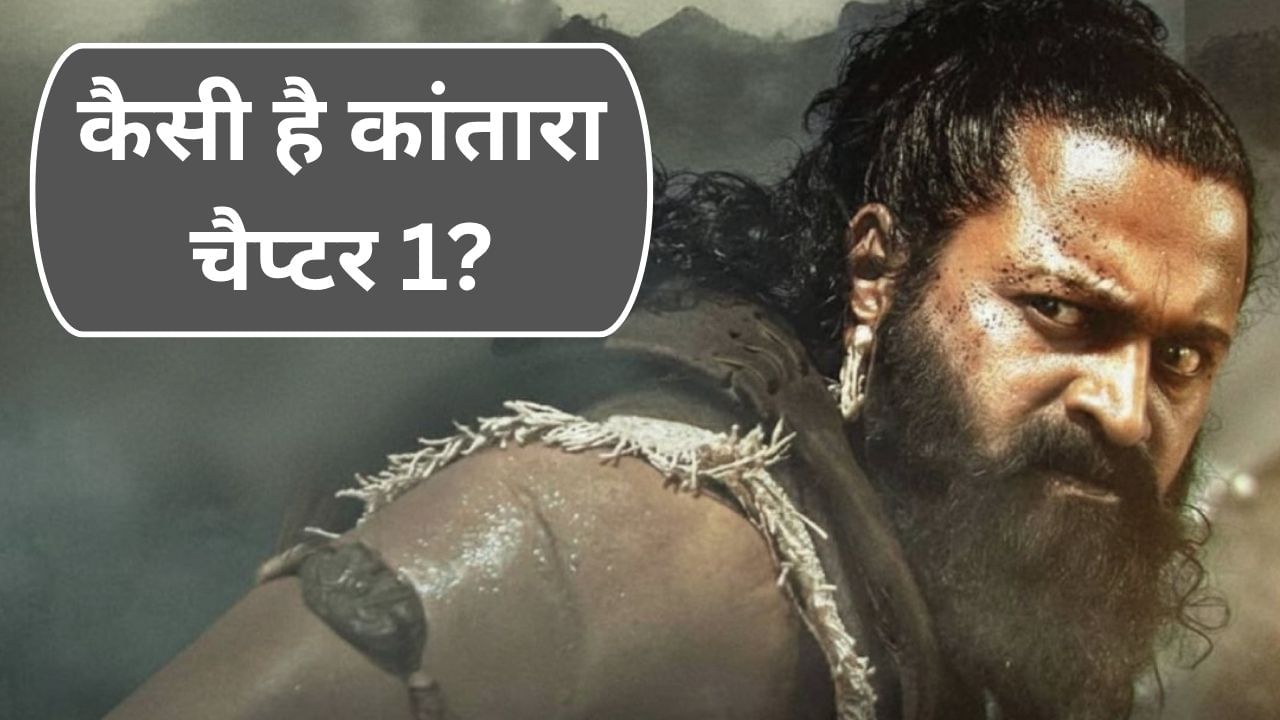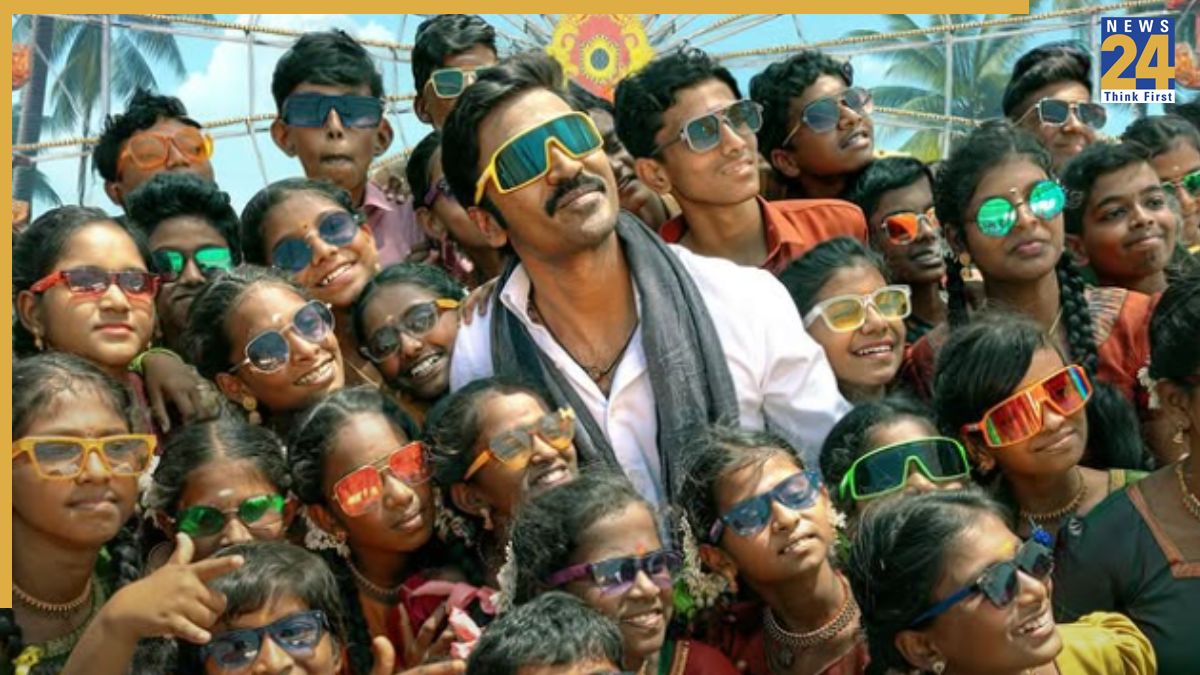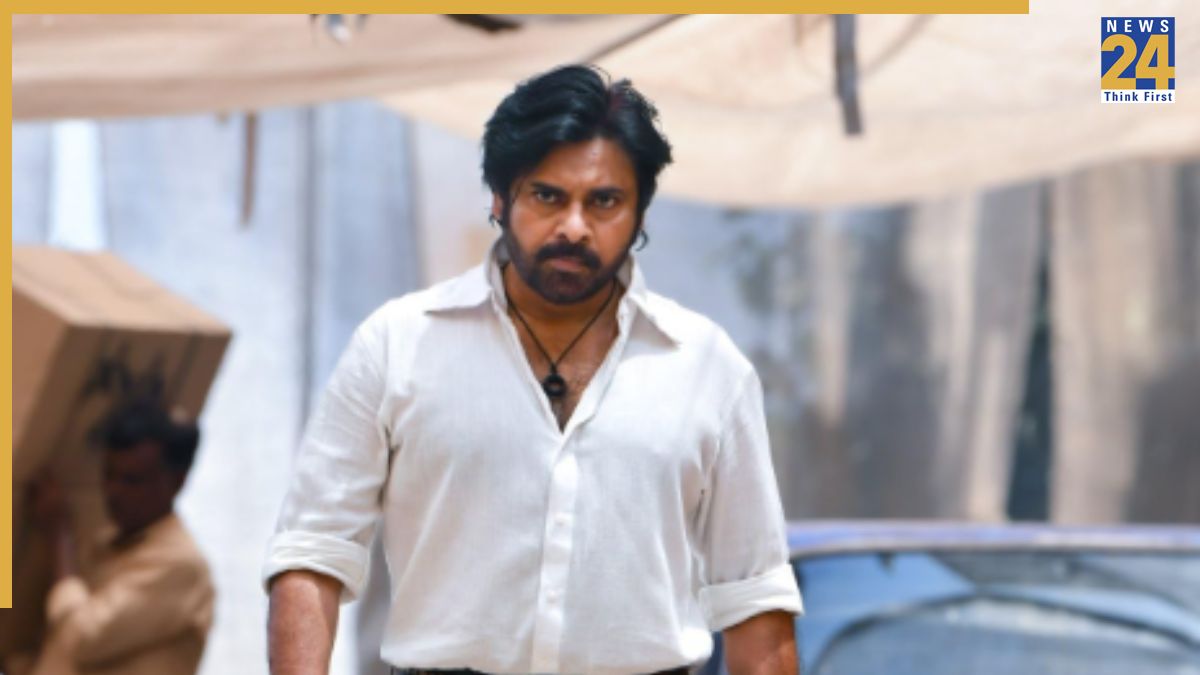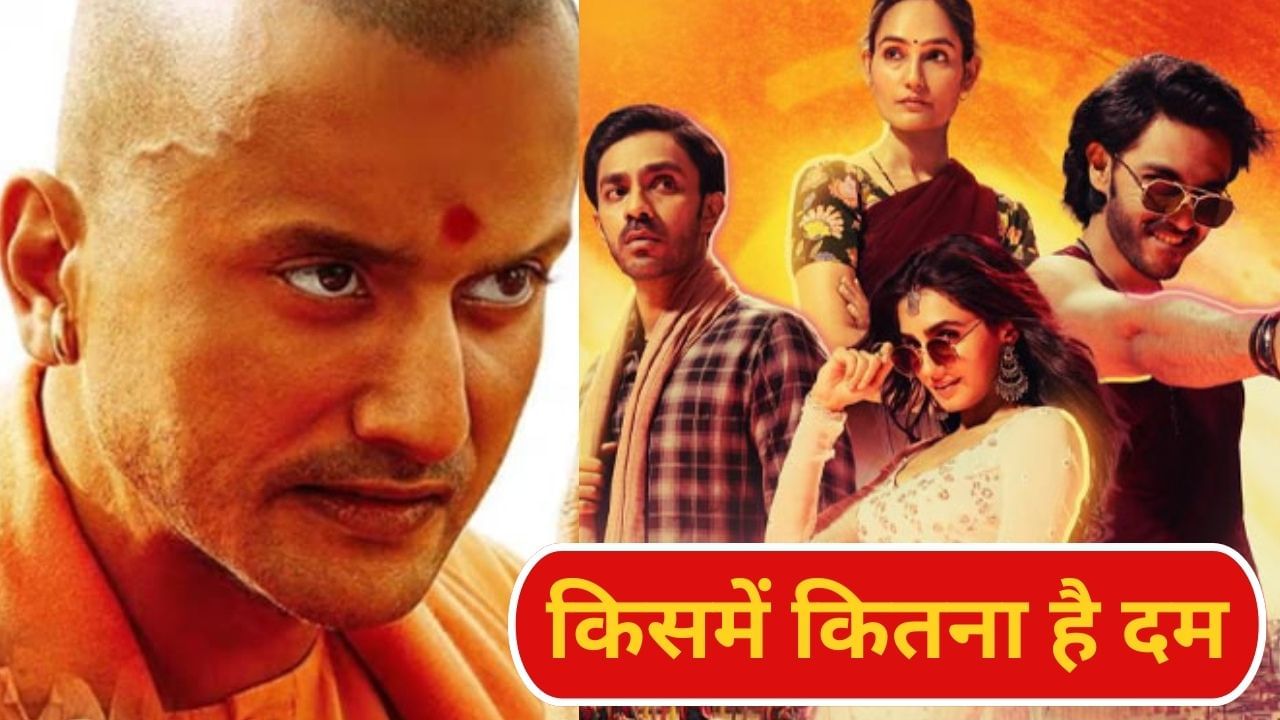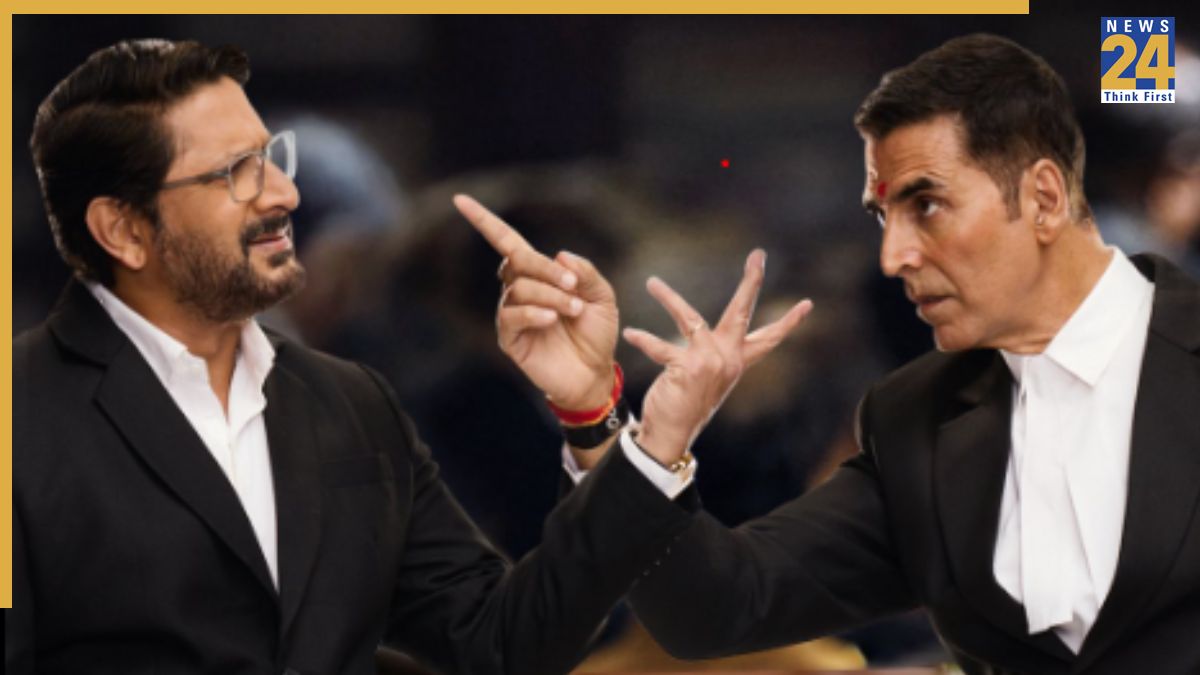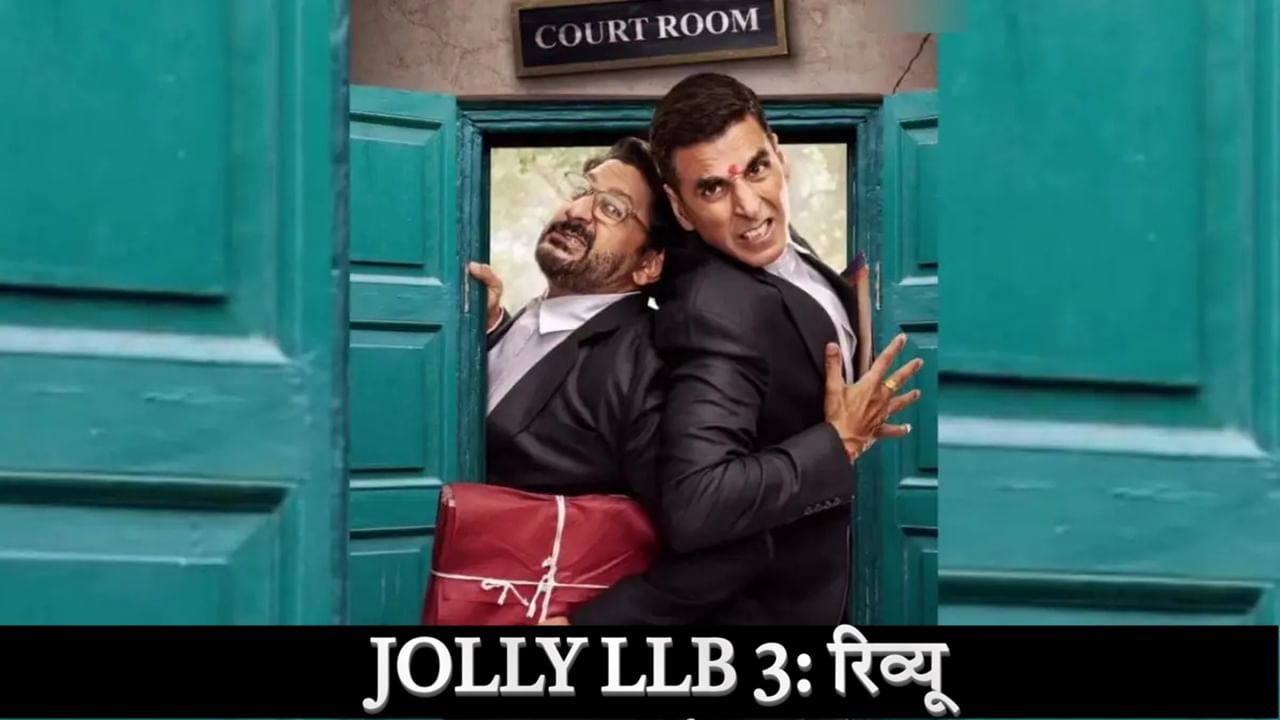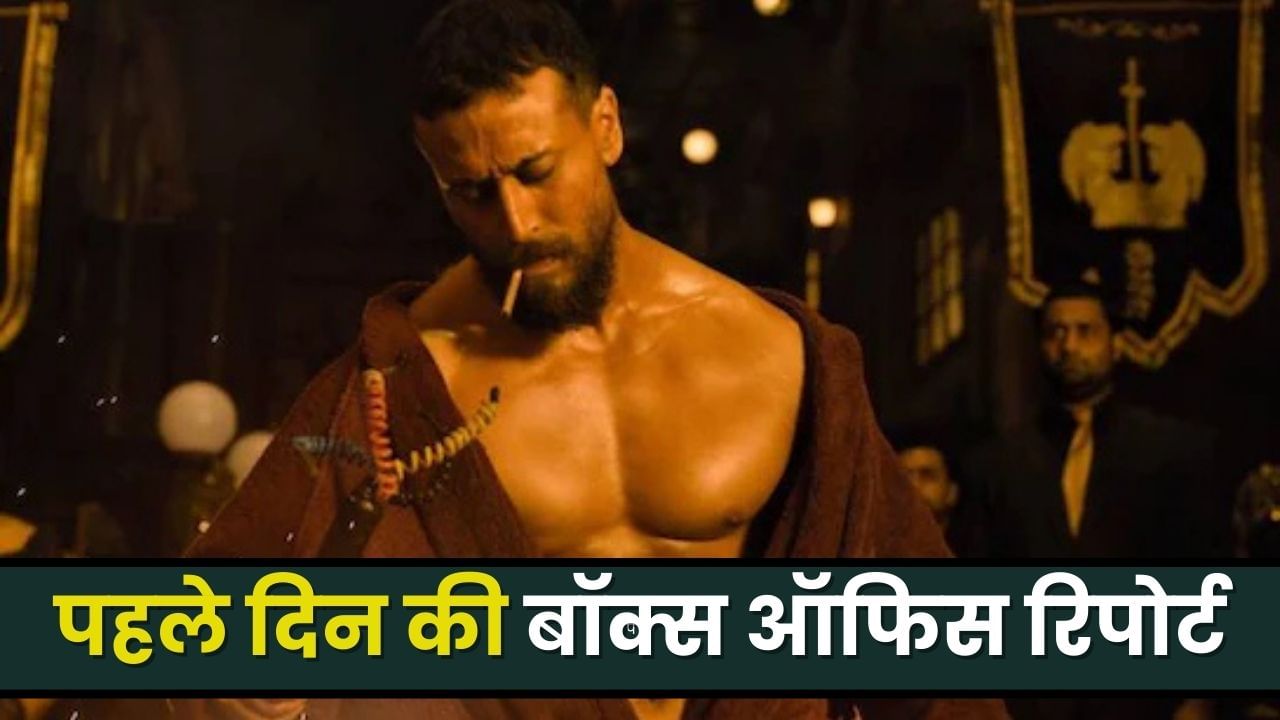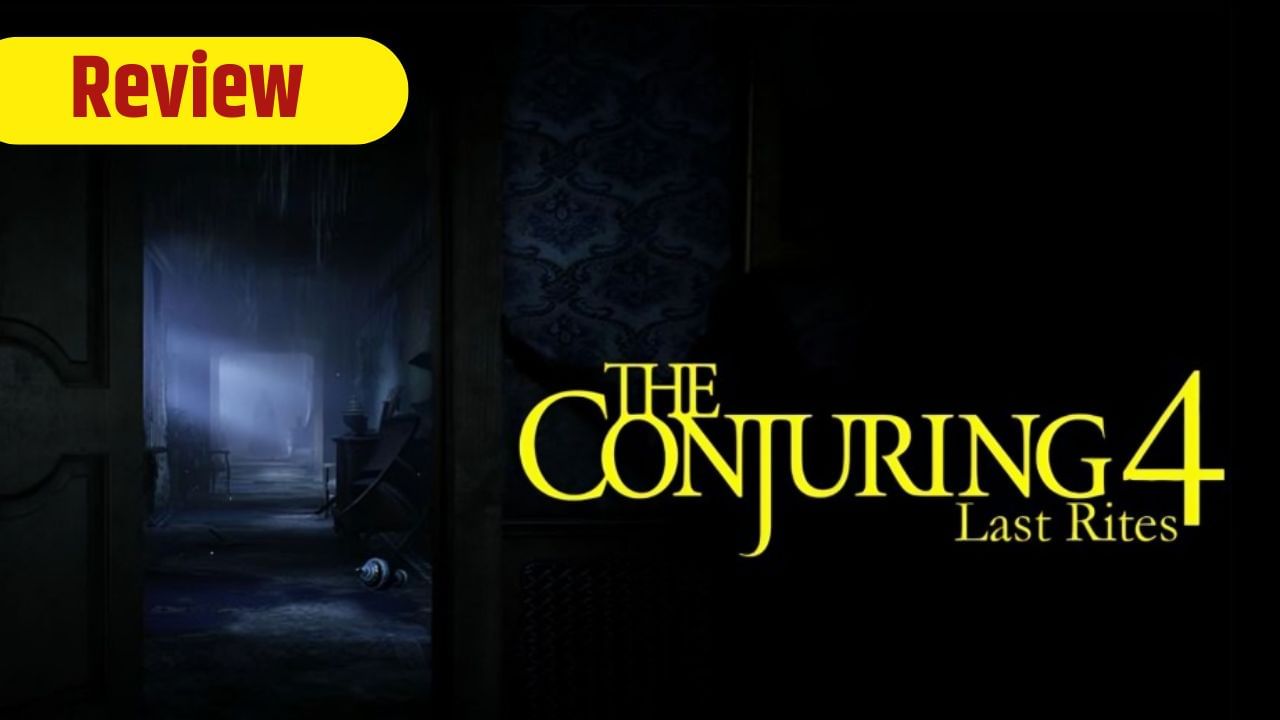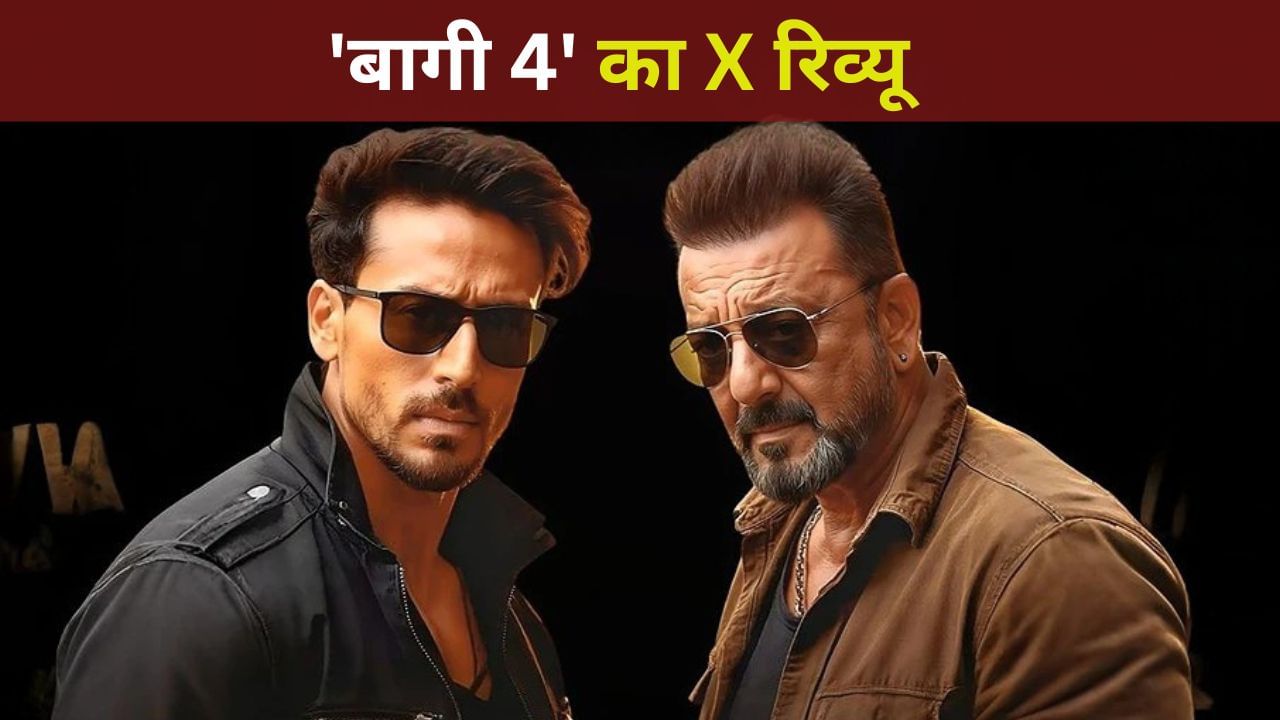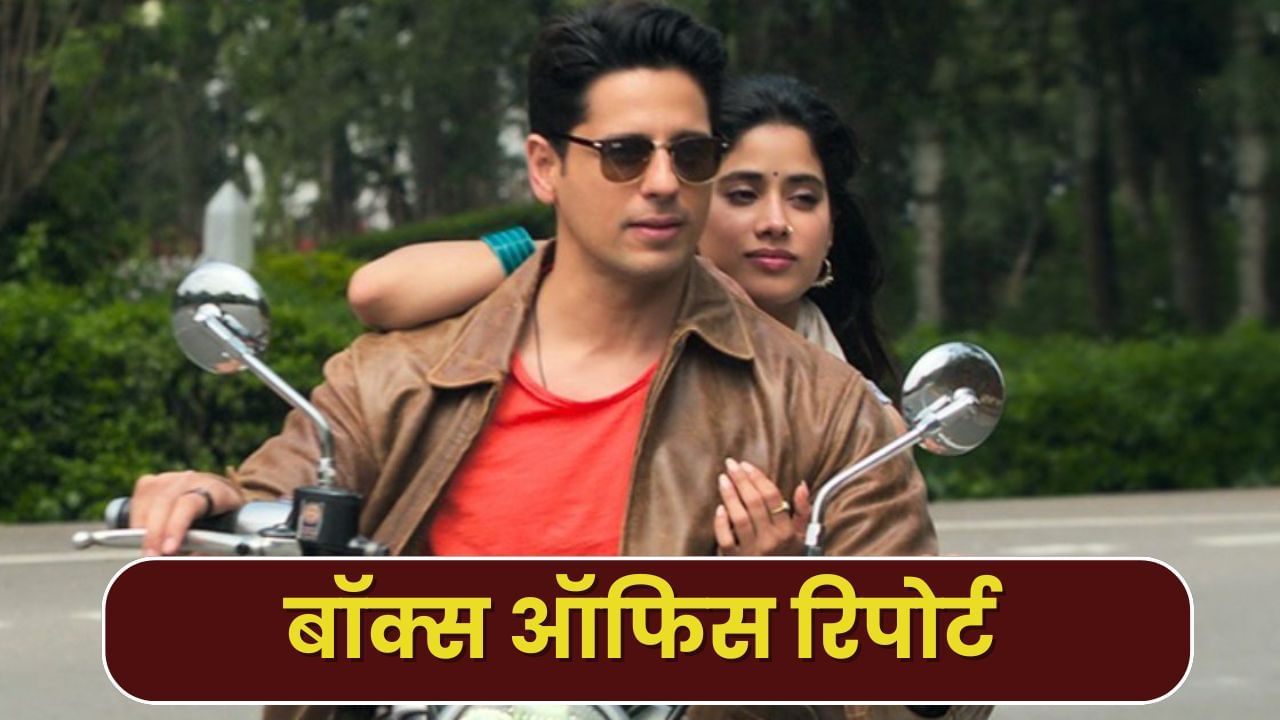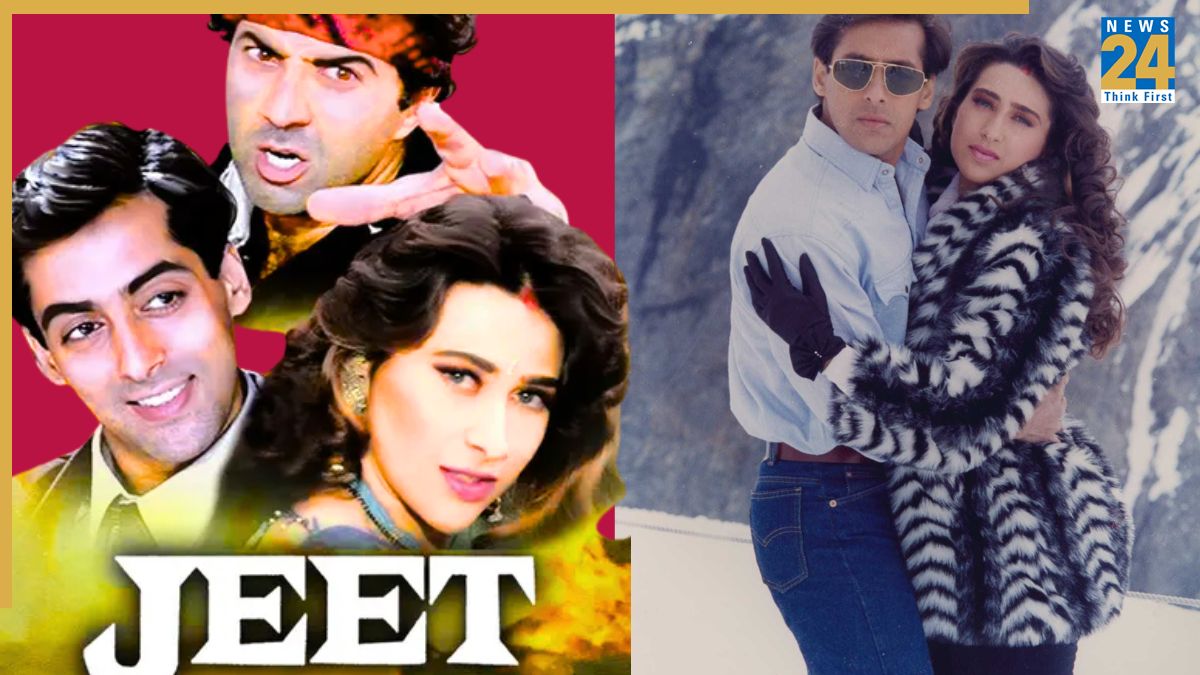Subscribe to Updates
Get the latest creative news from FooBar about art, design and business.
Browsing: movie review
Dhanush returns to the big screen with his film ‘Idli Kadai’, which he also wrote and directed. The movie tells the story…
Pawan Kalyan’s latest film, *They Call Him OG*, fails to deliver the blockbuster needed to solidify his stardom. The movie, despite its…
In the third week of September 2025, three prominent films were released, creating a buzz in the box office arena. While Akshay…
The first ‘Jolly’ film captivated audiences with its courtroom battles, particularly the dynamic between Arshad Warsi and Saurabh Shukla. The sequel, featuring…
The highly anticipated film ‘Jolly LLB 3’, featuring Akshay Kumar and Arshad Warsi, has finally premiered in theaters. Audiences are now sharing…
The release of films and web series is a weekly affair, with the task of reviewing them to guide viewers on what…
Tiger Shroff’s Baaghi 4 Stumbles at the Box Office, Grossing Only ₹30 Crore in Opening Weekend
Tiger Shroff’s Baaghi 4, a film highly anticipated by youth audiences, has completed its opening weekend in theaters. Despite high expectations, the…
Baaghi 4 Box Office: Despite Action-Packed Performance, Tiger Shroff Fails to Surpass Previous Films
Tiger Shroff’s Baaghi 4, featuring Sanjay Dutt, Harnaaz Sandhu, and Sonam Bajwa, premiered in theaters on September 5th. While the film marks…
The ‘Conjuring’ series is a prominent name when discussing horror films, having redefined the genre. The franchise includes a total of nine…
Baaghi 4 X Review: Tiger Shroff’s Triumphant Return and Sanjay Dutt’s Villainous Brilliance
Baaghi 4, released in theaters on September 5th, has been highly anticipated by fans. Following the release of Singham Again, Tiger Shroff…
The Malayalam film industry introduces ‘Lokah: Chapter 1 Chandra,’ a superhero film centered on a young woman who develops mystical abilities while…
Param Sundari Soars: Sidharth Malhotra and Janhvi Kapoor’s Film Outperforms Rivals at the Box Office
The 2025 box office scene has been highly competitive, with several low-budget films making a significant impact despite no film yet reaching…
Sidharth Malhotra and Janhvi Kapoor’s film, Param Sundari, which premiered on August 29th, has garnered significant attention. The fresh pairing of Malhotra…
Param Sundari First Review: A Report Card for the Film Starring Siddharth Malhotra and Janhvi Kapoor
The film “Param Sundari”, starring Siddharth Malhotra and Janhvi Kapoor, has been released in theaters. Anticipation for this film has been high…
Sathyan Anthikad’s highly anticipated Malayalam family film, ‘Hridayapoorvam,’ starring Mohanlal, has premiered in cinemas. The movie has received generally positive feedback from…
When director Raj Kanwar’s film *Jeet* was released, a writer recalled to Karisma Kapoor that her mother, Babita, had also starred in…



